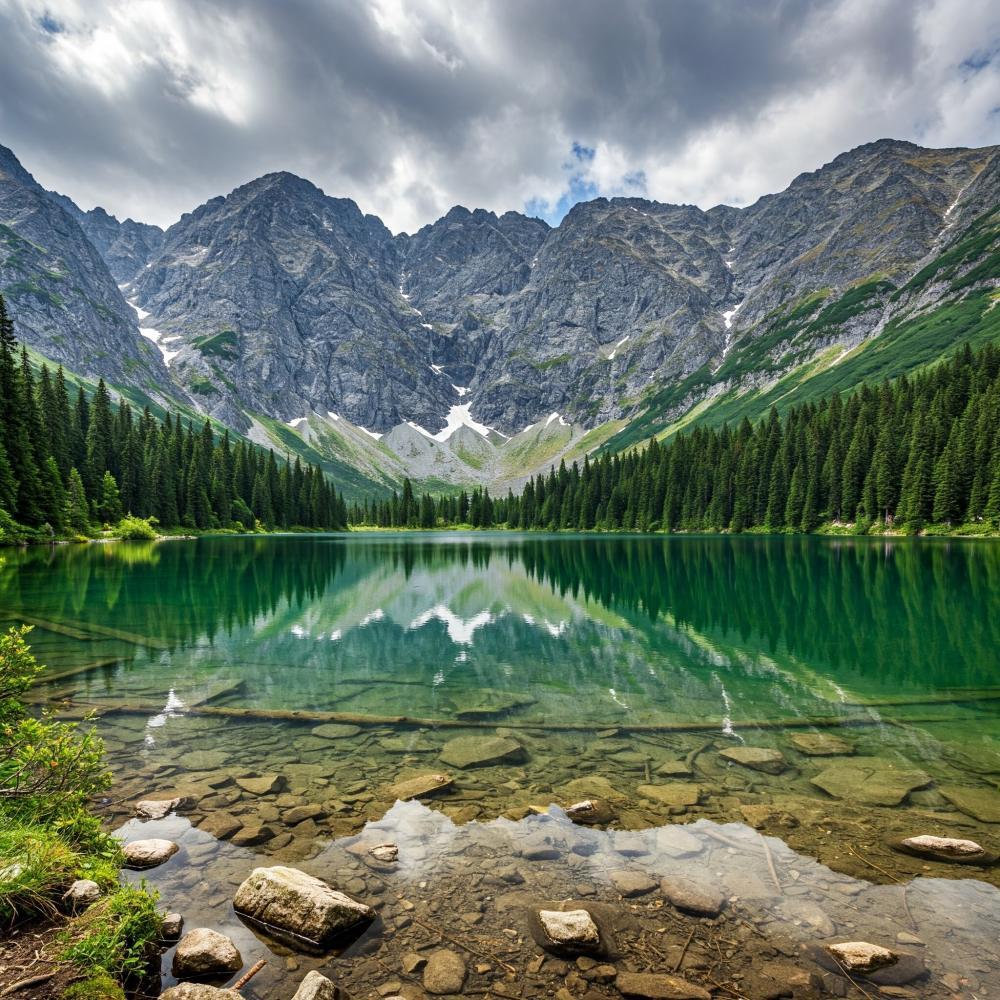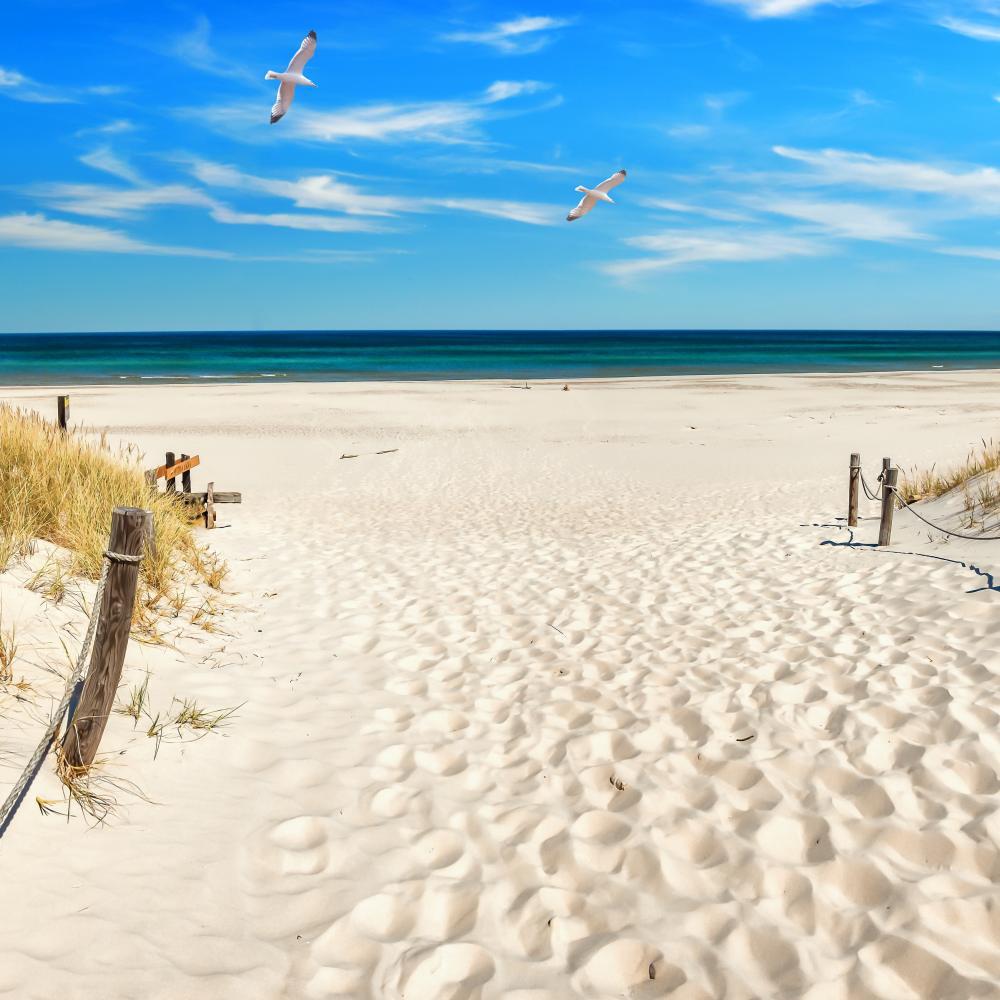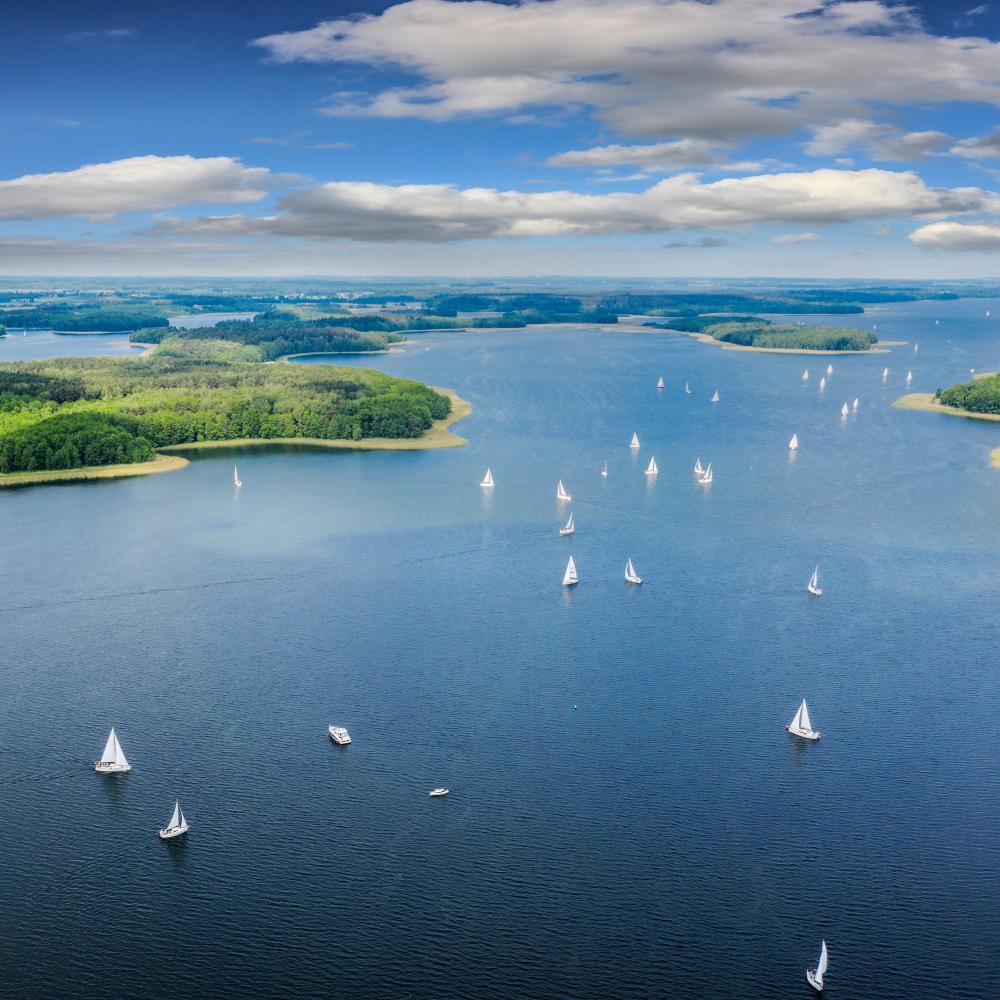Location
and time zone
Poland is located in the heart of Europe. It takes 2 hours by plane from London, Oslo, and Budapest to get to Warsaw, the capital city.
 Poland on the map of Europe, Photo: AdobeStock
Poland on the map of Europe, Photo: AdobeStock
Time zone
Poland is located in the Central European Time zone, CET (UTC+1). In the summer months (from the last Sunday in March to the last Sunday in October) this region switches to the Daylight Saving Time and the zone is then known as Central European Summer Time, CEST (UTC+2).
Political system
and international partnerships
Poland is is a democratic republic with a parliamentary system. The President is the head of state, while the Prime Minister is the head of the government. The country has a stable political environment where civil rights and individual freedoms are protected by law. It is a safe and welcoming country, with a growing international community, especially in university cities.
Poalnd is a member state of the following international organizations and economic areas:
- European Union (EU)
- Schengen area
- North Atlantic Treaty Organization (NATO)
- United Nations (UN).
Poland
in numbers
Area: 322 575 sq km
Population: approx. 38 million
Capital city: Warsaw (population 1.7 million / Warsaw agglomeration: 2.5 million).
Currency: Polish Zloty (PLN), 1 zloty = 100 groszy.
Country code: +48
Emergency number: 112
Major cities: Warsaw, Kraków, Łódź, Poznań, Wrocław, Gdańsk, Katowice, Bydgoszcz, Lublin, Białystok, Szczecin
Economy
With a population of 38 million, Poland has enjoyed an unprecedented economic growth over the past 35 years and today, we are the sixth-largest economy in the EU.
Academic heritage
We are proud to be a country with one of the oldest academic traditions in Europe, and in the world, with the first university, today known as the Jagiellonian University, founded in 1364, in Kraków.
Natural beauty
Poland has it all – the Tatra Mountains for hikers and skiers in the South, the Baltic Sea and Masuria lake district for swimmers and sailors in the North, and over 9 million hectares of forests, located all over the country, for nature lovers. We even have a desert (the Błędów Desert), though no camels, except for those in the zoo.
 The Morskie Oko lake in the Tatra Mountains, Poland, Photo: AdobeStock.
The Morskie Oko lake in the Tatra Mountains, Poland, Photo: AdobeStock.
 A beach on the Baltic Sea, Poland, Photo: AdobeStock.
A beach on the Baltic Sea, Poland, Photo: AdobeStock.
 A bison in the Białowieża National Park, Poland, Photo: AdobeStock.
A bison in the Białowieża National Park, Poland, Photo: AdobeStock.
 Masuria Lake District, Poland, Photo: AdobeStock.
Masuria Lake District, Poland, Photo: AdobeStock.
If you need further recommendation, Poland was named "the best destination to travel to, in 2023", and the City of Gdańsk (near our Sopot campus) has been named one of "the best places to visit in 2025" by CNN.
Language
Polish is the official language of Poland and belongs to the family of the Slavic languages. We use the Latin alphabet with a few additional letters reflecting phonemes specific to the Polish language (.e.g., ą, ę, ć, ś, ż, ź). Polish might seem difficult at first, but not to worry. Universities, public institutions, and many services offer information and support in English. You will also find that many people—especially in cities and academic environments—speak English.
Additionally, there are plenty of opportunities to learn basic Polish through free or inexpensive courses, mobile apps, and language exchange events. Employees of Learning even a few simple phrases can make everyday life easier and help you connect with local communities.
You can find your first mini glossary here
Cultural considerations
Polish culture is a blend of tradition and modernity. Hospitality, family values, and respect for history are deeply rooted. Punctuality, direct communication, and formal greetings are appreciated. Learning a few Polish phrases is often warmly received and helps build positive relationships.